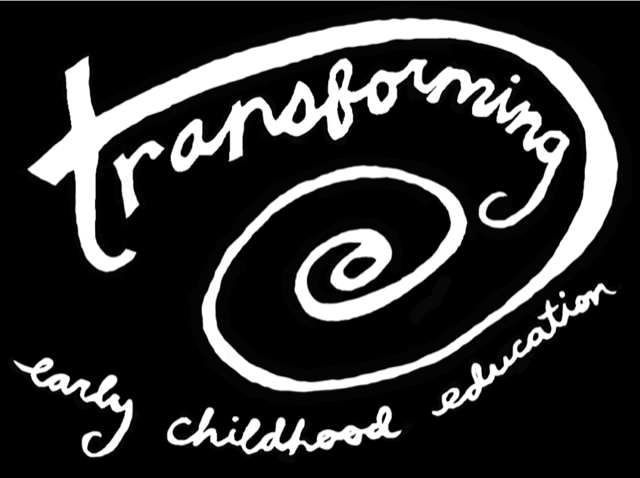Types of Play
Types of Play
Did you know that there are different types of play behaviors that adults can observe while children are playing? Bob Hughes developed and shared these play types in his book A Playworker’s Taxonomy of Play Types (1996).
As early childhood educators It is important to be able to recognize the different types of play to:
understand the benefits of play
to monitor the types of play taking place (especially risky play)
to support, guide and extend play opportunities
Types of Play
Communication Play – play using words, nuances or gestures for example, mime, jokes, play acting, mickey taking, singing, debate, poetry.
Creative Play – play which allows a new response, the transformation of information, awareness of new connections, with an element of surprise.
Deep Play – play which allows the child to encounter risky or even potentially life threatening experiences, to develop survival skills and conquer fear.
Dramatic Play – play which dramatizes events in which the child is not a direct participator.
Exploratory Play – play to access factual information consisting of manipulative behaviours such as handling, throwing, banging or mouthing objects.
Fantasy Play – play which rearranges the world in the child’s way, a way which is unlikely to occur.
Imaginative Play – play where the conventional rules, which govern the physical world, do not apply.
Locomotor Play – movement in any or every direction for its own sake.
Mastery Play – control of the physical and affective ingredients of the environments.
Object Play – play which uses infinite and interesting sequences of hand-eye manipulations and movements.
Recapitulative Play – play that allows the child to explore ancestry, history, rituals, stories, rhymes, fire and darkness. Enables children to access play of earlier human evolutionary stages.
Role Play – play exploring ways of being, although not normally of an intense personal, social, domestic or interpersonal nature.
Rough and Tumble Play – close encounter play which is less to do with fighting and more to do with touching, tickling, gauging relative strength. Discovering physical flexibility and the exhilaration of display.
Social Play – play during which the rules and criteria for social engagement and interaction can be revealed, explored and amended.
Socio-dramatic Play – the enactment of real and potential experiences of an intense personal, social, domestic or interpersonal nature.
Symbolic Play – play which allows control, gradual exploration and increased understanding without the risk of being out of one’s depth.
Resources:
https://playeverything.wordpress.com/play-and-%20playwork/play-types/
https://www.playscotland.org/learn/what-is-play/play-types/
https://playvolutionhq.com/bob-hughes/


